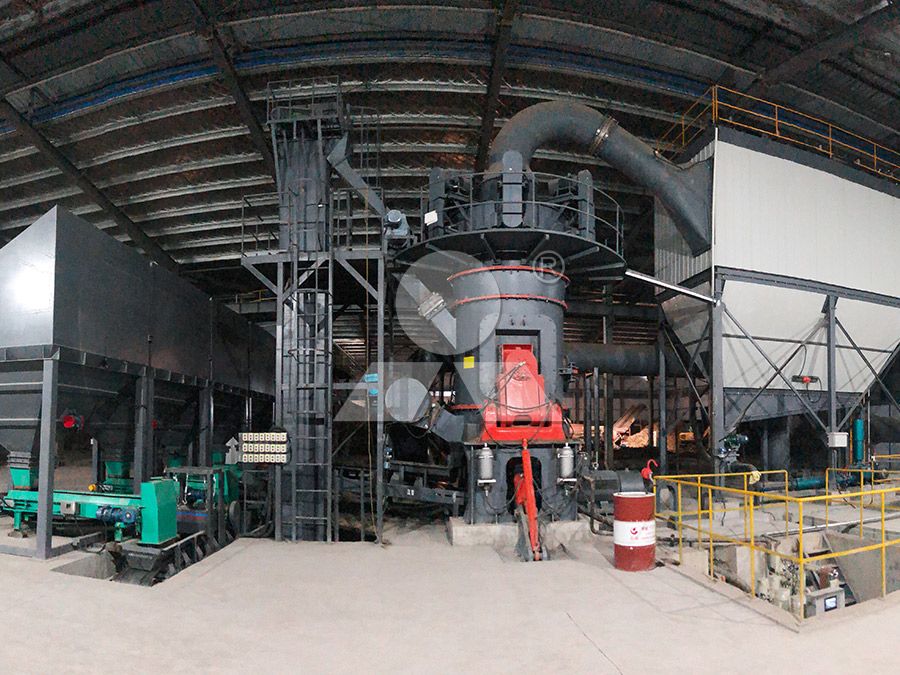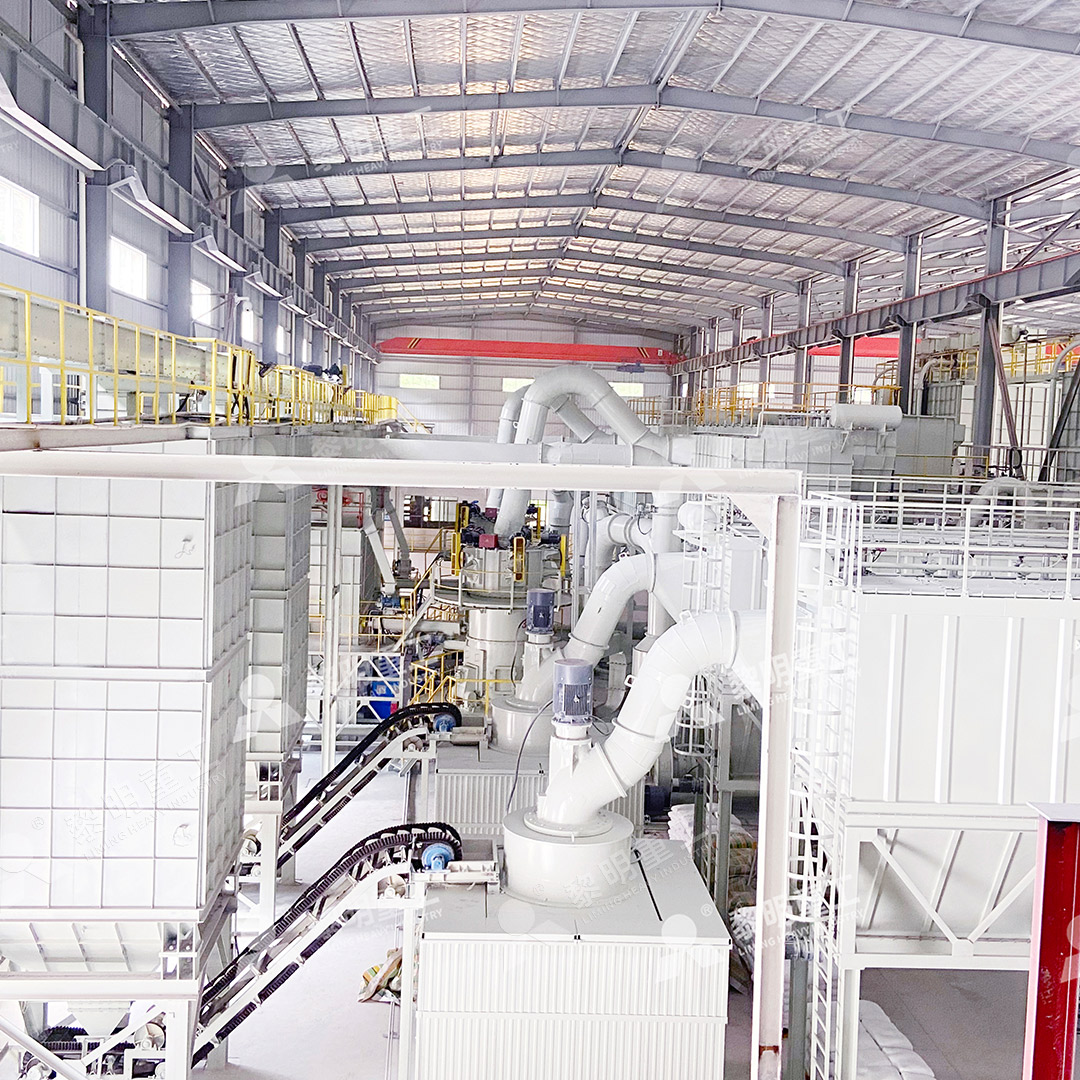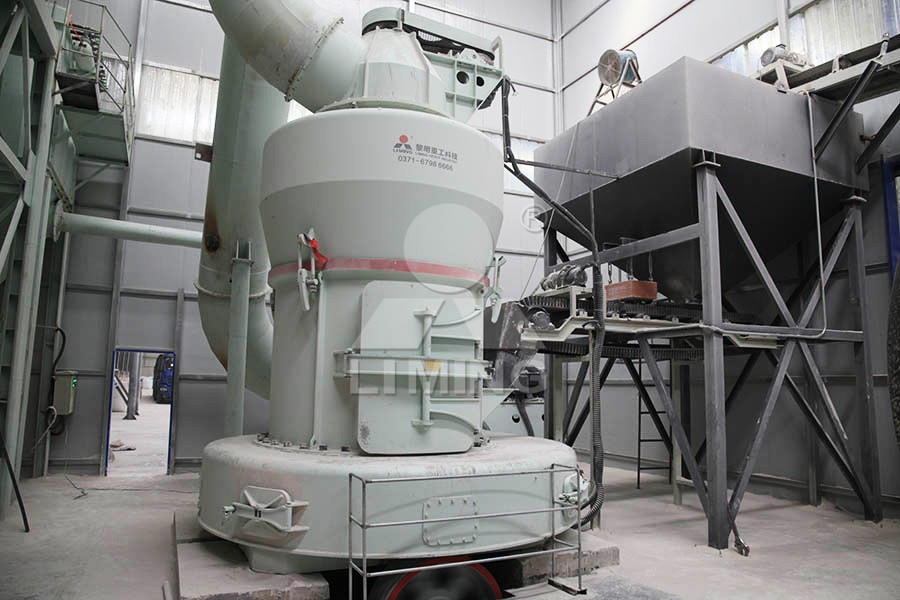Key Operating Techniques for Coal Pulverizing in Industrial Grinding Systems
Key Operating Techniques for Coal Pulverizing in Industrial Grinding Systems
Coal pulverizing remains a critical process in numerous industrial applications, from power generation to cement production. The efficiency of this operation directly impacts fuel consumption, emission levels, and overall operational costs. Mastering the key techniques for optimal coal grinding can significantly enhance system performance while reducing environmental impact.

Fundamental Principles of Coal Pulverization
Effective coal pulverization begins with understanding the material characteristics and system requirements. The grinding process must achieve the optimal balance between fineness, throughput, and energy consumption. Coal hardness, moisture content, and volatile matter significantly influence grinding behavior and must be carefully considered during system operation.
Modern grinding systems employ advanced classification technologies to ensure precise particle size distribution. The relationship between grinding pressure, feed rate, and classifier speed forms the cornerstone of efficient operation. Operators must maintain consistent feed rates to prevent mill overload while ensuring the grinding elements operate within their designed parameters.
Advanced Grinding Technologies
The evolution of grinding technology has brought forth sophisticated solutions that address traditional challenges in coal pulverization. Among these, the MW Ultrafine Grinding Mill represents a significant advancement with its innovative design features. This equipment operates with input sizes up to 20 mm and capacities ranging from 0.5 to 25 tph, making it suitable for various industrial applications.
What sets the MW Ultrafine Grinding Mill apart is its unique grinding chamber design that eliminates rolling bearings and screws, addressing common failure points in traditional mills. The absence of these components prevents damage concerns related to bearing failures or loose screws, significantly enhancing operational reliability. The external lubrication system enables continuous 24-hour operation without shutdowns for maintenance.

Optimization Strategies for Enhanced Performance
Successful coal pulverizing operations implement systematic optimization strategies. Regular monitoring of grinding pressure, temperature differentials, and motor currents provides valuable insights into mill performance. The integration of advanced control systems allows for real-time adjustments based on operational data, maintaining optimal grinding conditions despite variations in coal quality.
The cage-type powder selector in the MW Ultrafine Grinding Mill, incorporating German technology, enables precise fineness adjustment between 325-2500 meshes. This flexibility allows operators to fine-tune the system according to specific application requirements, achieving screening rates of d97≤5μm in a single pass. The efficient pulse dust collector and muffler system ensure environmentally compliant operation with minimal dust and noise pollution.
Energy Efficiency Considerations
Energy consumption represents a significant portion of operating costs in coal grinding systems. Modern mills address this challenge through innovative design features. The MW Ultrafine Grinding Mill demonstrates remarkable efficiency, with production capacity 40% higher than jet grinding mills and twice that of ball grinding mills at equivalent fineness and power levels. Meanwhile, system energy consumption is reduced to just 30% of jet grinding mill requirements.
Operational techniques such as maintaining optimal material bed depth, controlling grinding pressure, and optimizing classifier speed contribute significantly to energy efficiency. The digitalized processing of core components in advanced mills ensures high precision manufacturing, further enhancing energy performance through reduced mechanical losses.

Environmental Compliance and Safety
Contemporary coal grinding operations must address environmental regulations while maintaining operational safety. The integration of efficient dust collection systems, such as the pulse collector in the MW Ultrafine Grinding Mill, eliminates dust pollution throughout the milling process. Combined with silencers and noise elimination rooms, these systems ensure full compliance with national environmental protection standards.
Regular inspection of grinding elements, proper maintenance scheduling, and comprehensive operator training form the foundation of safe operation. The availability of genuine spare parts and technical support ensures worry-free operation, minimizing downtime and maintaining consistent performance.
Frequently Asked Questions
What is the optimal moisture content for coal before grinding?
Coal should typically contain less than 10% moisture before grinding to ensure efficient operation. Higher moisture levels can lead to material buildup, reduced throughput, and increased energy consumption. Some modern mills incorporate drying capabilities to handle higher moisture content.
How often should grinding elements be inspected?
Visual inspections should be conducted weekly, with comprehensive examinations during scheduled maintenance shutdowns. The frequency depends on coal abrasiveness, operating hours, and system capacity. Mills with advanced wear protection may require less frequent inspections.
What fineness is typically required for pulverized coal combustion?
Most combustion applications require 70-80% passing 200 mesh (75μm), though specific requirements vary by burner design and application. The MW Ultrafine Grinding Mill can achieve fineness between 325-2500 meshes, accommodating various industrial needs.
How can energy consumption be minimized in coal grinding operations?
Optimize classifier speed, maintain consistent feed rates, ensure proper grinding pressure, and utilize high-efficiency motors. The MW Ultrafine Grinding Mill reduces energy consumption by 30% compared to traditional jet mills while increasing capacity by 40%.
What maintenance advantages do modern grinding systems offer?
Contemporary designs like the MW Ultrafine Grinding Mill eliminate internal rolling bearings and screws, reducing common failure points. External lubrication systems enable maintenance without shutdown, while digital monitoring facilitates predictive maintenance strategies.
